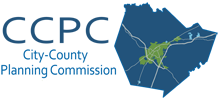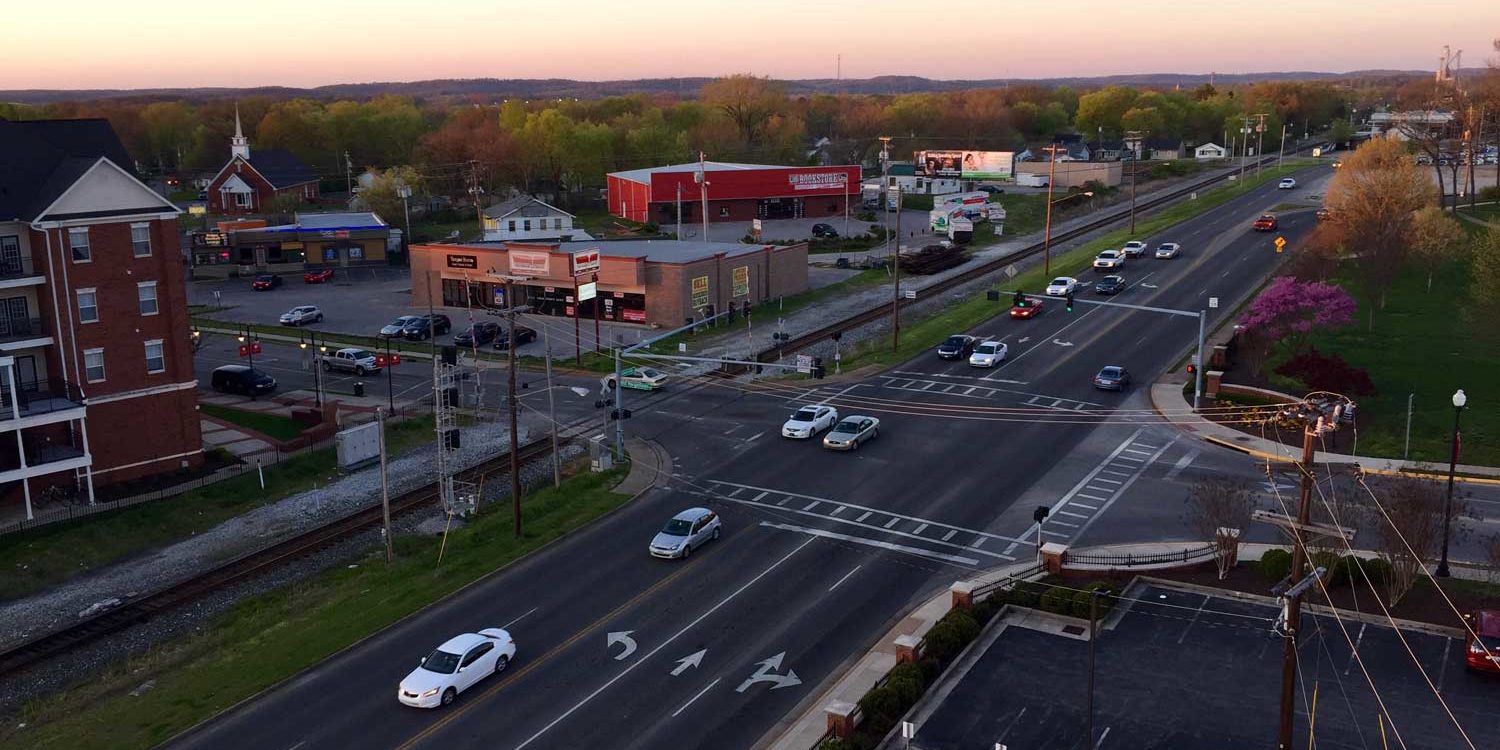Transportation is the means of moving people and goods from one location to another in order to carry out the daily needs and desires of life. People and goods transport in various ways – from trains and planes to automobiles, buses, bicycles, scooters, and walking. Transportation shapes the identity of communities as it affects the movement of people and goods, and in turn affects how people engage with the world around them. Our transportation systems equip us to utilize community services, commodities, and various amenities. Planning and investing in sustainable transportation systems that provide opportunities for all people to access the necessities of everyday life is the foundation for the future of our community.
With a rapidly growing county and region, our transportation systems must be capable of accommodating the demands incurred from growth and development. Prioritizing projects with limited funding presents challenges in planning for future demands. Innovative tactics and critical transportation projects will rise to greater value as we look to the future.
The Bowling Green-Warren County Metropolitan Planning Organization (MPO) has spent the past year updating the community’s long-range transportation plan, the 2045 Metropolitan Transportation Plan (MTP). The MTP identifies the existing and proposed transportation facilities and services that are necessary to meet the transportation needs of Bowling Green and Warren County by the year 2045. Additionally, together with its committees, the MPO crafted a list of short- and long-range priority transportation projects. These projects will help guide the MPO and local leaders in future funding priorities for transportation projects. While the primary travel mode of our community today is the automobile, the MTP recognizes the need for alternative modes of travel, such as better infrastructure for bicyclists and pedestrians, transit improvements, and the adaptability for emerging technologies associated with shared mobility options (Uber, Lyft, drones, driverless cars, etc.).
The MTP analyzed a variety of factors such as population growth trends, locations of projected population growth, travel patterns, crash data, and projected employment changes. These analyses helped shape the project recommendations provided in the Plan.
Some quick facts from the Plan:
- Over a nearly fifty-year period, Warren County experienced a 129% growth in population and is expected to grow to nearly 198,000 by 2045
- Employment is expected to grow by 74% for all sectors (Non-Retail, Retail, Service) by the year 2045
- 5% of Warren County residents reported driving alone as their primary means of commuting to work
- There are over 1,400 miles of public roadways in the MPO area
- Currently, there are a total of about 47 miles of trails across the county, as depicted in the table
Total Trail Mileage in Warren County |
Total Miles |
| Greenway Trail (Paved Shared-Use Path) | 23.3 |
| Park System Trail – City (Gravel Path) | 5.69 |
| Park System Trail – County (Gravel Path) | 15.66 |
| Bike Lanes/Share the Road (County-wide) | 2.5 |
| TOTAL MILES | 47.15 |
Future Priorities
Safety for all users is a critical component in planning for the future. Asking ourselves where risks are today, helps guide the development of projects for the future. Many of the proposed priority projects were derived from not only safety issues present today, but mobility and accessibility demands projected for the future. It is estimated that it will cost approximately $5.5 million to complete all 50 priority projects listed in the Plan.. It is important to note that the projects listed in the Plan are conceptual; it does not ensure that funding will be allocated, nor does it define the project scope. The MPO does not have jurisdiction over project implementation, but assists its planning partners and the community in effective planning and advisory roles.
Many public comments from fall 2019 identified the desire for more biking and walking infrastructure. This desire and the need for more, and safer, infrastructure is heard by the MPO. As for future greenway trails, the MPO worked with its Bicycle and Pedestrian Advisory Committee (BPAC) and other local leaders to develop and recommend a loop around the city that would connect existing trails and provide ample opportunity for additional connections. Connectivity and accessibility are two primary focuses of the MPO BPAC in planning for future trails.
Next Steps
The MPO committees will approve the draft 2045 MTP on July 27 and 28, respectively. In the days to follow, the Plan will be posted on the MPO website and a public notice will be issued notifying the public, and MPO planning partners, of the availability for review and comment. Additionally, the MPO will host a brief virtual public meeting on Monday, August 3rd at 5:00pm. Prior to this meeting, staff will compile helpful information and post videos on the MPO website – stay tuned and be sure to sign up for our newsletter for updates!

